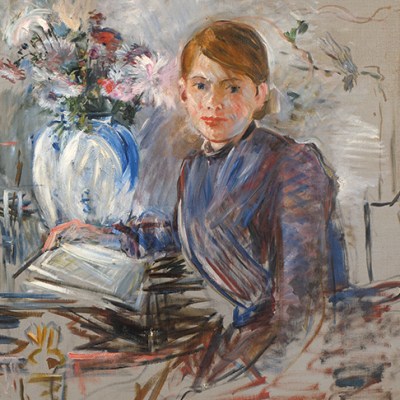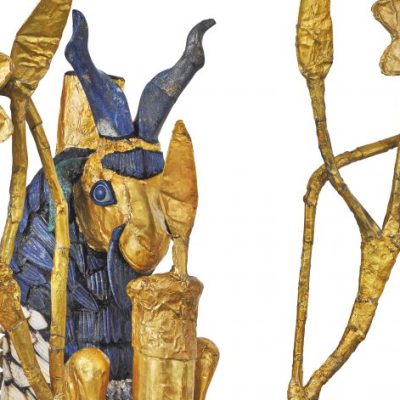William Hogarth is perhaps best known for his satirical images of 18th-century English society – but the artist also drew inspiration from painters from Venice, Paris, Amsterdam and other European cities. In turn, his genre scenes of modern life influenced the way that European artists represented the profound changes of the era, above all the rapid urban expansion that brought new heights of luxury into stark juxtaposition with overcrowding and poverty. This display at Tate Britain (3 November–20 March 2022) is the first to display Hogarth’s work alongside contemporaries on the continent such as Jean-Siméon Chardin, Pietro Longhi, and Cornelis Troost. Find out more from the Tate’s website.
The Painter and his Pug (1745), William Hogarth. Tate

A Scene from ‘The Beggar’s Opera’ VI (1731), William Hogarth. Tate

Marriage A-la-Mode, 2: The Tête à Tête (1743–45), William Hogarth. Photo: © The National Gallery, London

Still-life: The Kitchen Table (c. 1733–34), Jean-Baptiste Siméon Chardin. National Galleries of Scotland

Heads of Six of Hogarth’s Servants (c. 1750–55), William Hogarth. Tate




